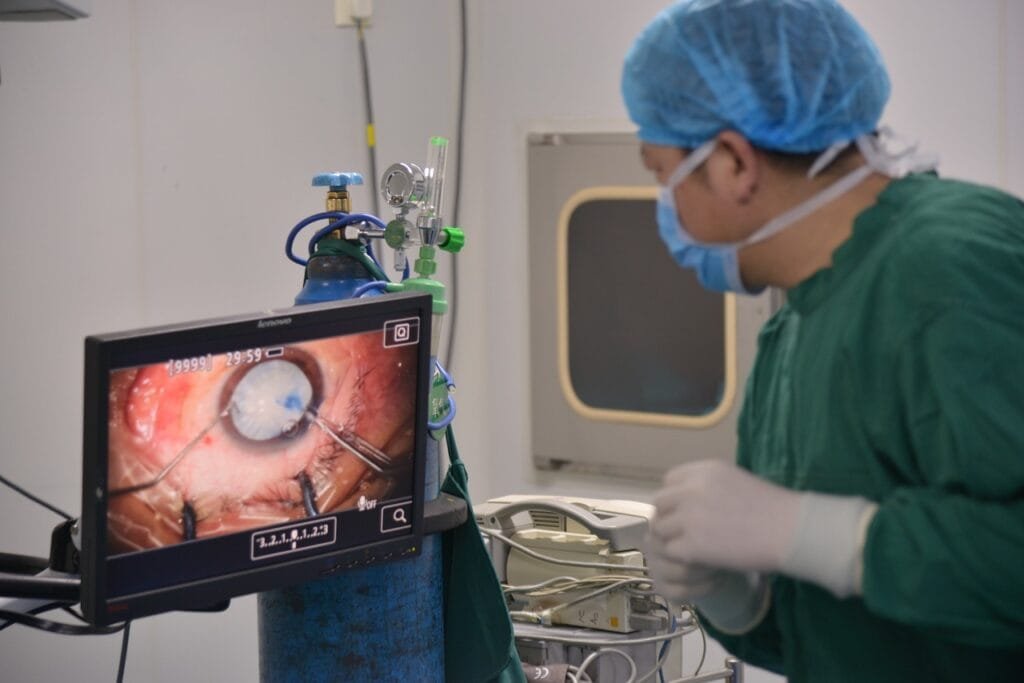Table of Contents
Introduction
Deviated Septum Surgery: Deviation of nasal septum is a significant medical condition where the thin wall between both your nasal passages is displaced to one side, producing a smaller passage on one side. While it is very common and often asymptomatic, some deviation cases present severe breathing problems, nasal congestion, or other forms of complications in which the relief comes from undergoing deviated septum surgery, generally referred to as septoplasty.
This article discusses the symptoms, causes, and how it should be treated about the nature of a deviated septum, focusing on surgical treatment.

1. What is a Deviated Septum?
The nasal septum is an internal dividing wall of the two airways that are part of the nose, made partially of bone and partially of cartilage. Ideally, the septum should be central in position. In some people, though, it is much off-center, which then creates a deviated septum. According to research findings, around 80% of the population carries some degree of nasal septal deviation, but most do not know about it.
2. Symptoms of a Deviated Septum
Even though minor deviations might not create noticeable problems, severe conditions can cause several symptoms, including the following:
Breathing Problems
Difficulty breathing through one or both nostrils is the most common symptom of breathing problems.
Congested Nostrils
In severe cases, one nostril is always more obstructed than the other.
Frequent Sinus Infections
Blocked nasal passages tend to facilitate the multiplication of germs in the nasal passage, leading to a potential infection.
Nosebleeds
A deviated septum may dry the nasal lining, causing nosebleeds frequently.
Snoring or Sleep Apnea
Obstruction of breathing can cause sleep disorders and also snoring.
Facial Pain facial pain, especially on one side of the face
3. What Causes a Deviated Septum?
Congenital Conditions
Some people are born with a deviated septum as part of developmental problems in the womb.
Injury or Trauma
An accident, sports injury, or physical fight can displace the septum. Even minor incidents of childhood can lead to a deviation.
Natural Aging
S nasal structures can change with age, leaving a minor deviation to worsen.
Previous Surgeries
Some surgical procedures on the nose can cause the septum to become deviated.
4. Treatment

Degenerate conditions of the septum usually do not require one to seek medical help unless the case is already severe. Medical care or surgery could be necessary.
5. Non-Surgical Treatments
Medicines: Antihistamines, decongestants, and nasal sprays can control symptoms such as stuffiness and swelling.
Lifestyle Changes: An individual can use a humidifier or nasal strips for minor relief.
These treatments, however, do not rectify the structural defect.
6. Deviated Septum Surgery (Septoplasty)
Surgery is the definitive cure for a deviated septum. Let’s dive deeper into the procedure.
7. Deviated Septum Surgery: What to Expect
Septoplasty is a minimally invasive procedure to straighten the nasal septum. Here’s what you need to know:
Pre-Surgery Preparations
Consultation: Your doctor will assess the degree of deviation through physical examination or even imaging tests.
Medications: You may have to discontinue some drugs, for example, blood thinners, to avoid surgery risks.
Procedure
Septoplasty is administered under general or local anesthesia and lasts 30-90 minutes.
The surgeon cuts through an incision inside the nose, extracts or remodels the cartilage and bone, then repositions the septum.
Recovery
Most patients may be discharged on the same day. Complete recovery occurs in about 4-6 weeks.
Temporary side effects include swelling, mild aching, and nasal congestion.
Surgery Success Rate
According to research, 85–90% of patients are noted to show excellent improvement in breathing after surgery.
8. Davied Septum Surgery FAQs
1. How do I know if I need deviated septum surgery?
If the symptoms, like breathing problems or persistent sinus infections, do not reduce with non-surgical treatment, then it is time for surgery, according to the doctor.
2. Is the pain associated with deviated septum surgery?
Well, the surgery is painless because of anesthesia. The postoperative pain is controlled with medication.
3. How much does deviated septum surgery cost?
The cost varies between $3,000 and $8,000 according to geographical locations, existing insurance coverage, and the surgeon’s experience.
4. Is there a chance of risks with the septoplasty?
Despite being a low risk, risks still include infection, bleeding, or a disfigured nose.
5. Does a deviated septum recur after surgery?
In most cases, correction is permanent. However, an injury or complications could potentially cause recurrence.
9. When to Seek Medical Attention
Seek medical advice if you experience persistent symptoms such as difficulty breathing, frequent infections, or nosebleeds. Early diagnosis can prevent complications and improve your quality of life.
Conclusion

A deviated septum will affect your daily life, especially if you’re having very severe symptoms. Slight deviations may bring temporary relief from the non-surgical options, while only structural correction is possible through deviated septum surgery. If you have consulted an experienced ENT to discuss the benefits, the risks, and the recovery process involved with septoplasty, you can take informed decisions for getting a better hold on breathing.



